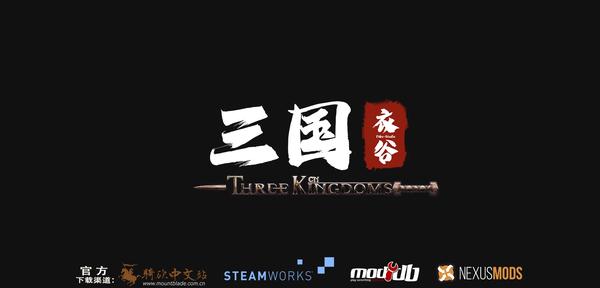The Rise and Fall of Three Kingdoms Mod
A critical analysis of an ambitious but troubled Three Kingdoms mod project for Mount & Blade II: Bannerlord that raised 500,000 yuan through crowdfunding but faced significant development challenges and technical issues upon release.

The gaming community recently witnessed the release of “Yi Gu Three Kingdoms,” a highly anticipated mod for Mount & Blade II: Bannerlord that aimed to recreate the Three Kingdoms period of ancient China. After four years of development and raising 500,000 yuan (approximately $70,000 USD) through crowdfunding, the mod’s release has sparked intense discussion about game modification development, crowdfunding practices, and community expectations.
The mod’s development journey reflects several crucial challenges in the modern gaming landscape. First, the technical hurdles proved formidable. Unlike Mount & Blade: Warband, which had readily available assets that modders could utilize, Bannerlord’s sophisticated engine and higher graphical standards demanded significantly more resources. A single detailed character model could cost thousands of dollars to create, not including animation work and historical accuracy research for armor and weapons from China’s Three Kingdoms period.
The project’s organizational structure also revealed common pitfalls in volunteer-based game development. Without formal project management or consistent oversight, the team struggled with coordination and maintaining steady progress. The development team reportedly fluctuated from dozens of members to just two active developers, highlighting the challenges of sustaining long-term volunteer commitment.
Many community members expressed concern about the mod’s crowdfunding approach. While 500,000 yuan might seem substantial, industry professionals noted this budget would barely cover a month of regular game development costs for a full team. The decision to collect funds before delivering a finished product departed from traditional modding practices, where projects typically release first and seek support afterward.
Technical issues plagued the mod’s launch, with many users unable to progress past loading screens. The map design showed interesting creative choices, strengthening the Han empire’s presence while reducing Cao Wei’s territory, but many players couldn’t experience these features due to performance problems. These issues suggested insufficient testing, particularly on varied hardware configurations.
The community’s reaction has been mixed. While some appreciate the attempt to create an ambitious Three Kingdoms experience, others criticize what they perceive as inadequate development practices and overpromising in marketing materials. The mod team’s approach to communication and transparency has also drawn scrutiny, particularly regarding development timelines and feature promises.
The experience of “Yi Gu Three Kingdoms” serves as a case study in the evolving landscape of game modification development. It demonstrates how increased technical requirements, community expectations, and funding models create new challenges for mod teams transitioning from passion projects to crowdfunded ventures. While the project’s ultimate fate remains uncertain, its story offers valuable insights for future ambitious modding endeavors.
For those interested in exploring Three Kingdoms content in Mount & Blade II: Bannerlord, managing expectations appears crucial. The technical and resource demands of creating high-quality total conversion mods have increased substantially, making it increasingly difficult for volunteer teams to deliver experiences matching commercial game standards without significant financial and organizational infrastructure.